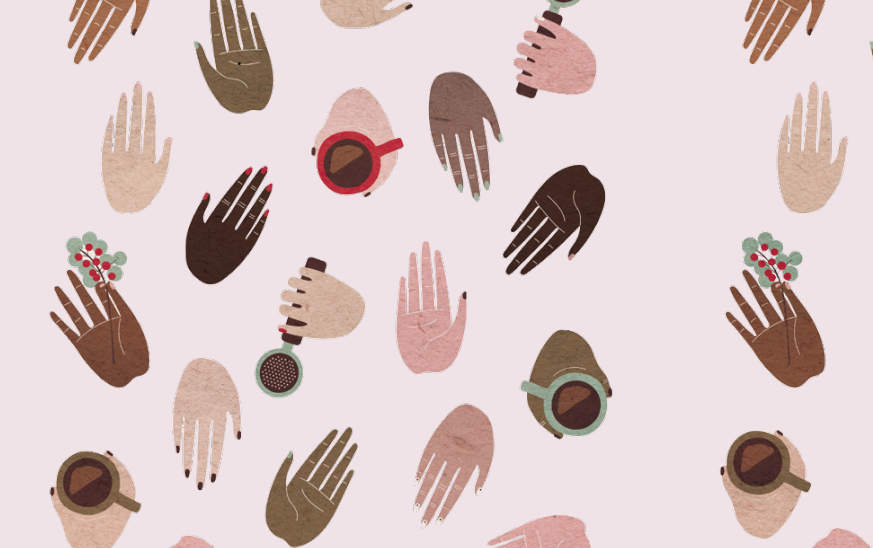
Coffee is one of the oldest drinks to connect itself to a social activity, the social activity of drinking together as a group is in fact it an almost uniquely human activity, drinking is essential to survival and at one point in human history the habit of drinking together has become one of the most acceptable forms of human interaction and socialization all over the world.In current coffee culture it is common to say that we have had three coffee waves, that changed our perception of coffee and our ways of socializing. Let’s see how it all started and why today we cannot imagine our week without catching up with friends in a coffee shop.
The First Wave and Great Inventions
With the growing life speed, 20th century changed almost all the industries: they started to produce and market products that were both time-savers and convenient to use. It was the era of frozen dinners, electric razors, hair dryers and instant coffee. In 1903, Japanese-American Satori Kato, applied his dehydration process for soluble tea, to coffee and received the very first U.S. patent for “Coffee Concentrate and Process of Making Same”, better known as “instant coffee”. Instant coffee was quick and easy, and didn’t require brewing equipment. It was perfect for the rations of WWI soldiers in 1917. By 1938, Nestle’, with their Nescafe instant coffee, became the most innovative of the instant coffee brands and marketed their new instant beverage, even supplying the U.S. military for WWII. After the war, coffee consumption began to grow exponentially: for the first time, coffee became widely accessible. This marked the first wave.
The first wave is basically your average cup of coffee: no particular roast or flavor profile, nothing special or interesting. Big brands like Folgers and Maxwell House made instant coffee extremely convenient for purchase by mass production . The first wave receives criticism for sacrificing taste and quality to promote convenience and mass production. While the quality of the mass marketed brew may be frowned upon, the innovations in processing, packaging and marketing would allow the coffee industry to skyrocket into the future. Perhaps the most significant innovation was the process of vacuum packaging. The process removed air from coffee tins, resulting in fresher beans. This process changed the way coffee would be packaged to this very day, prolonging its shelf life.
As for consumer part, thanks to the first wave coffee was massively adopted in households. The marketing was targeting households and families, selling coffee for the home. Even looking at famous commercial by Folger’s Coffee “Peter Comes Home For Christmas”, that shows the whole family waking up for the smell of freshly made coffee and gathering around it in Christmas morning. Somehow, this commercial reflects the reality of the first wave: coffee was a convenient drink for conversations at home as well as at working place, nurturing new social coffee culture.
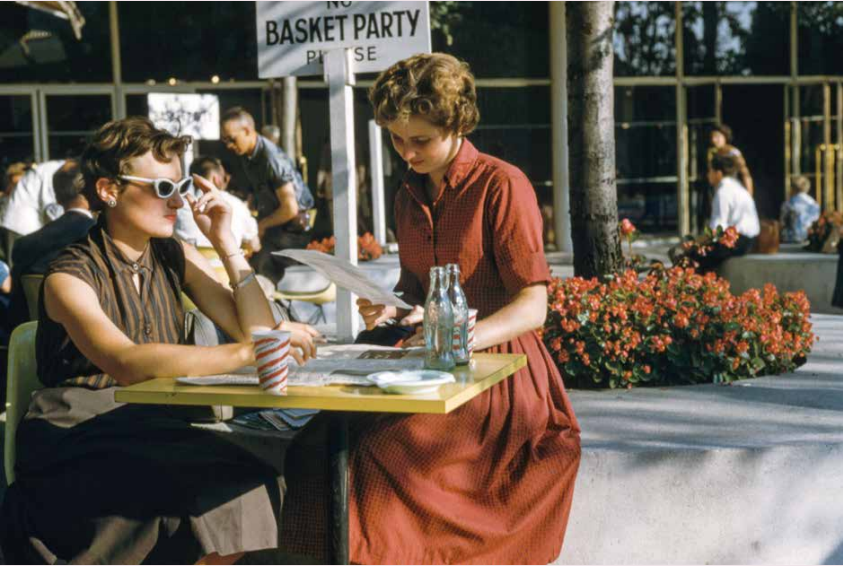
The Second Wave and Rise of Coffee Culture
Another major transformation during the late 20th century in the coffee world was that of specialty coffee. Consumers were no longer satisfied with their everyday cup. As early as 1971, customers began flocking to the newly opened Starbucks for their specialty roasts that came with a higher price tag.
Their various concoctions were often made to mask the taste 23 of the coffee itself. This helped capture the attention of what many called the “soft-drink-generation”. These new blends and cozy meeting places captured hearts of customers one at a time. This new development transformed coffee into a lifestyle accessory that could be personalized to an individual’s taste.
The boom of the specialty coffee shops gave coffee a new identity. What was once only enjoyed at home became a social experience to be shared with friends and strangers. In the second wave, consumers drove companies like Starbucks to the top of the coffee industry. Pre-Starbucks, coffee was a home drink.
According to Coffee Culture: Local Experiences, Global Connections by Catherine M. Tucker, Starbucks became an early trendsetter by introducing the modern coffeehouse to the society. It started small, but distinguished itself by a commitment to quality and as “a third place” apart from work and home; by 2009 it had 16,706 stores in over 50 countries. The concept of ‘going out for a coffee’ was fresh.
In a Starbuck’s commercial of 2007, this well known coffee company uses the concept of drinking coffee as a social experience to promote their “buy one, get one free” macchiato promotion. In this commercial, viewers see a barista writing on a cup and when he turns the writing to the screen it says the name “Dave.” This is followed by images of the barista preparing drinks. The barista places the coffee cups on the counter two at a time with the names facing the camera. Viewers quickly notice that each pair of names share the same first letter. One of the pairs is even the same name spelled two different ways (Amy and Aimee).
According to The History of Coffee and its Concurrent Marketing Strategies by Kristin Rudeen, this advertisement is suggesting that friends should purchase coffee together when copy comes across the screen saying, “Here’s To Friendship.” Second wave coffee defines the rise in cafe culture, and with it, with all the social activities included. The Third Wave and Developing Identity As time went on, coffee drinks like espresso and the latte were gaining in popularity, and people wanted to know about coffee’s origin and different roast styles.
This is the wave of coffee all of us live in today. It’s artisanal, ‘craft’, local and hipster. Generally speaking, it’s a luxury, especially if you’re ordering a rare beans brewed using exotic some equipment. Third wave coffee is developmental and progressive. Specific of the third wave is that it increases coffee quality, direct trade, emphasises sustainability and lighter roast profiles, as well as develops new brew methods.
But the most important part of the current wave is not the beans, but relationships aka customer service. Today for a coffee shop it is not enough to just prepare drinks for it guests, baristas need to build relationships and trust with customers.
From being a place to gather community, coffee shop these days creates communities. As Catherine M. Tucker outs it: Through coffeehouses, people can sense or imagine the “small world” nature of society. Most of us have had moments of experiencing society as a small world.
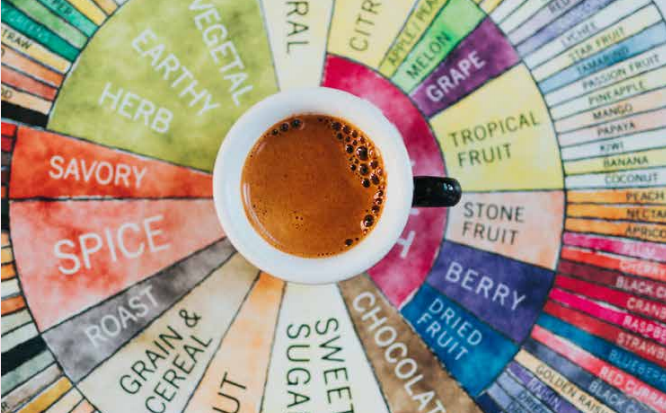
And each and every coffee company and coffee shop creates its own culture and society they want to be in: from slogans like “Filter Coffee Not People”, promoting racial and national equality, to charity work and promotion of LGBTQ+ rights. So many things happen these days in coffee shops, thanks to being it the third place that brings together and build communities-there are even death cafes, where people gather to talk about death.
All in all, coffee shops have become a global phenomenon. Although coffee shops, or coffeehouses, have existed for nearly 500 years, in the past few decades they have experienced a dramatic expansion. It has become common to find coffee shops, coffee bars, and kiosks in places where they were once rare or nonexistent—Hong Kong, Mexico City, Dublin, Rio de Janeiro, Tokyo, Sydney, New Delhi, or Johannesburg, and almost every major airport on the planet.
Many factors contributed to the expansion, including the globalization of consumer culture, growing appreciation of high-quality coffee, and the public’s eager acceptance of casual spots to study, relax, socialize, or pick up an energizing drink. And coffee became meaningful for many reasons, which include the attachments or fondness that people develop for the ways that coffee is prepared and served, the places or contexts in which they consume coffee, and the ideas and feelings associated with drinking coffee.
More of the world’s coffee is consumed in homes than in any other place, thus coffee has become part of the comforts of family life for many adults. But coffee is also omnipresent in public life, where coffeehouses have played a key role in popularizing coffee and building coffee culture. This culture as a third place, brings us something different from what we have at home or in the office, creating other reality with other tasks and interactions.
We were lucky to discuss some of the culture spe cifics for the countries that are famous or becoming famous for its coffee culture: USA, Colombia and China.
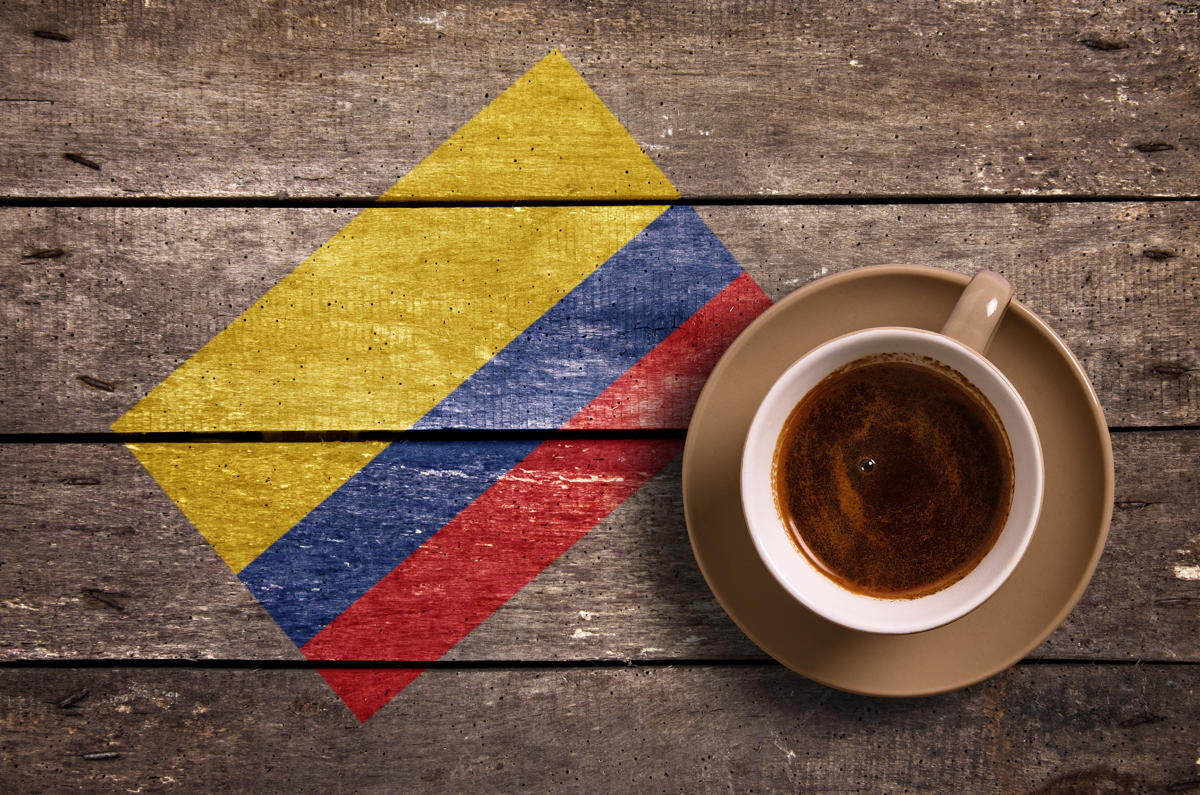
Colombia
Coffee has a long history in South America, even Simón Bolívar was a coffee grower. Now Colombia consumes 1.5 million coffee bags per year. Coffee has always been a “people’s drink”. People start drinking coffee very yearly in their lives. As most of Western countries think that coffee for kids is bad, in coffee growing countries it is believed that coffee can sharpen concentration in kids.
Coffee is one of the essential products for people, in Colombia they call it a national family basket and coffee is a part of it. In 20th century people in Colombia mainly used greca for coffee preparation. Before that- or in case when there was no greca- they would just boil water with coffee on a stove.
But the problem was that coffee from greca was over-extracted, bitter and unhealthy. In the 90s, FNC started a big campaign against grecas to promote better coffee and better ways of preparation, with espresso machines as a main weapon. Espresso machines were expensive so it was hard to change people’s mentality. That is why, in 1998 FNC started a course on how to start a coffee shop, using espresso machine of course. That is how independent coffee shop and cafes started emerging in Colombia, bringing social tradition of coffee drinking out of the homes and rising quality of coffee – as before all the good quality coffee was exported from Colombia. You can still see some grecas in countryside, bit in big cities every shop has an espresso machine. In coffee cars they also use specialty coffee now, as Colombia is a coffee producing country.
In the late 90s, coffee in Colombia was seen as something for old people. But thanks to specialty coffee trend more and more young people got involved. Colombian people start drinking coffee at home as a tradition, then they drink it in offices, socializing with colleagues and now coffee is becoming more of a luxury and a lifestyle. Moreover, people there drink much more coffee than alcohol as there are a lot of legal restrictions, so most of the time people prefer to go for coffee to socialize. Even in the language people use, when someone asks you out for a coffee it is basically an invitation to socialize.
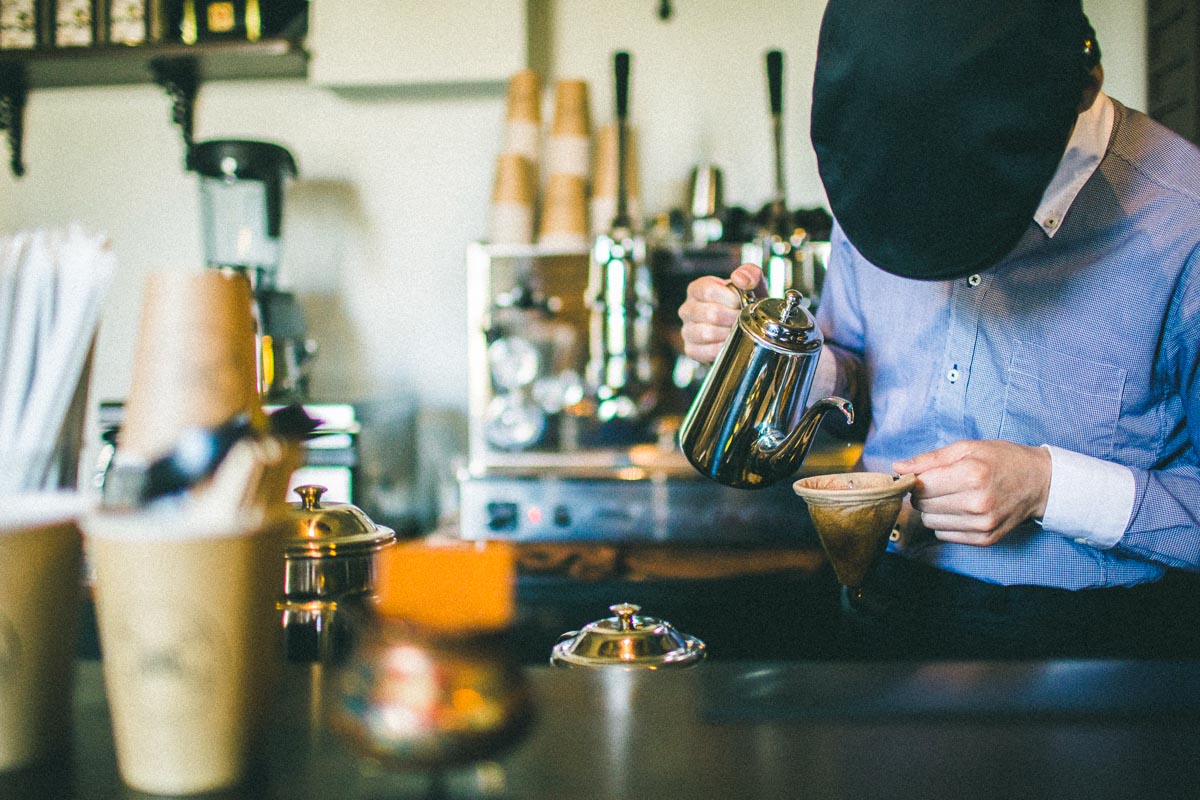
Japan
In the scale of Japanese history, coffee is relatively a new addition. It is said that first coffee was imported to Japan in 1641 to Nagasaki by Dutch. First coffee shop was opened in 1888 and more coffee shops opened at around 1911 attracting highly educated people. It was when coffee drinking culture started in Japan.
Traditionally Japan has strong filter coffee drinking culture and espresso culture is still new unlike other Asian countries. Japan increased coffee consumption through Instant coffee and canned coffee for mass market. First wave in Japan was for introducing branded coffee such as Blue Mountain. Second wave was for foreign and domestic coffee chains, where espresso and filter coffee was served and providing opportunity for consumers to drink coffee outside of home in convenient ways. Third wave is led by companies like Maruyama coffee to source directly from producers at origin country by forming group of roasters to import coffees.
In Japan main consumption still relies on 40-60 year-olds and they drink coffee at home, but the characteristic of yonder generation is that they prefer drinking coffee at coffee chain / shops and connivence store as they have more opportunity drinking coffee outside conveniently. At second wave period main purpose to drink coffee was for productivity such as increased demand of Instant coffee and canned coffee but for now people are still looking for productivity for coffee but at the same time they enjoy coffee as their life style, communication tools, and quality itself.
Trendy new cafes, complete with latte artists and sleek designs that could be easily mistaken for New York City or LA, are the new attractive hangouts for Japan’s youth. In Tokyo’s upscale neighborhoods, Harajuku girls meet up, order well-crafted cups and snap photos for Instagram at places like Streamers Coffee Company. One major social trend is convenient stores. They are about 57,956 stores around Japan and they stared promoting fresh brewed coffee for just 100 yen. This brought big interest of consumers to coffee industry but at the same time market competition gets more serious than ever.
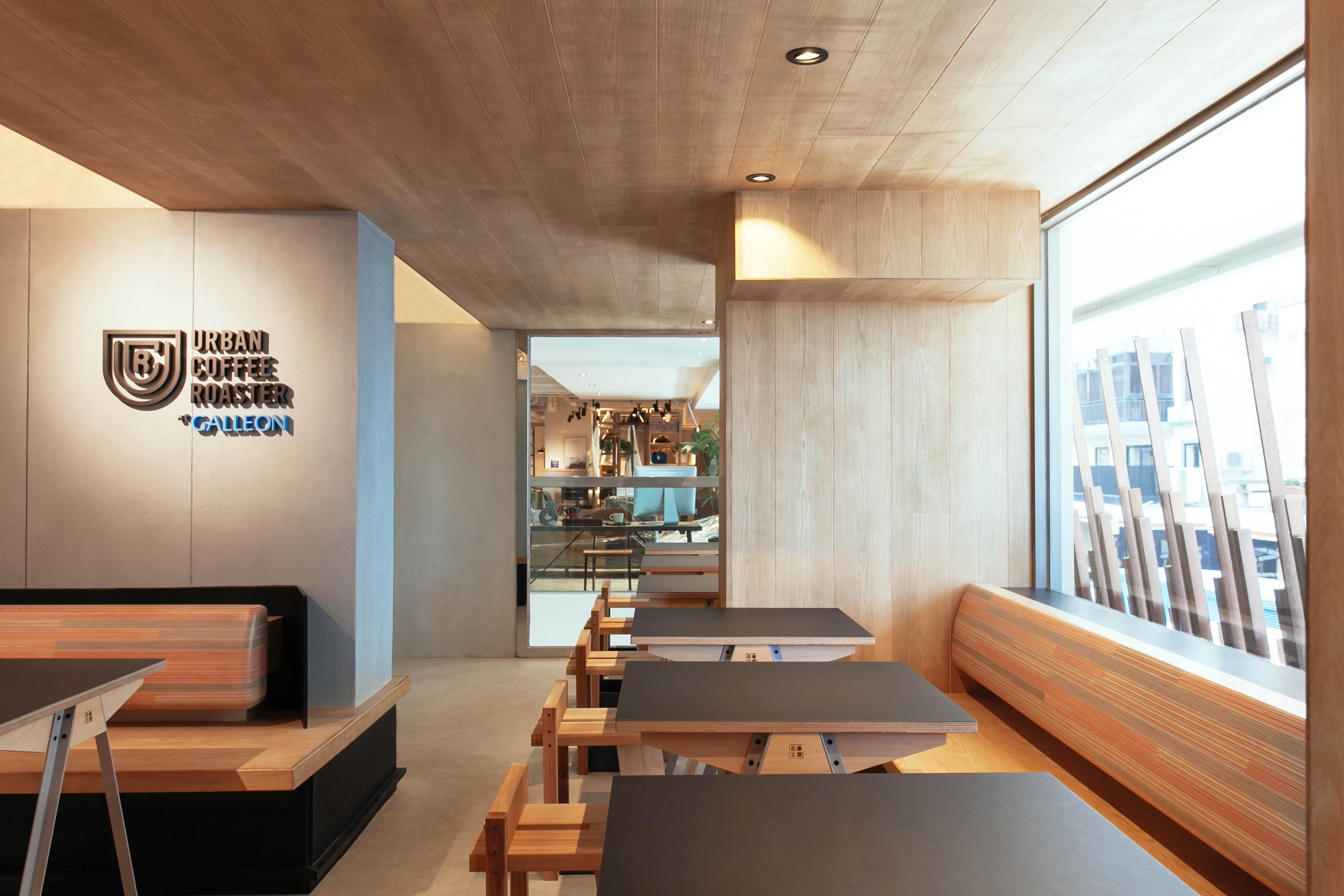
Hong Kong
Hong Kong has never been a stranger to coffee. Yet over the past 70 years, coffee culture has dramatically evolved in this small but significant part of East Asia. Today, it makes headlines for its barista champions, recording-breakingly high-priced coffee purchases, and thriving specialty scene.
While Hong Kong Chinese tended not to drink much coffee, the local Southeast Asian Chinese community increasingly drank little else. For the most part, these coffee drinkers were émigrés from political turmoil and anti-Chinese movements in 1950s Indonesia. Since they had grown up in a coffee-producing country, where the drink was an everyday commodity for even the poorest members of society, they naturally wanted a reliable supply in their new home. The internationally flavoured coffee culture that has evolved in Hong Kong over the past two decades or so carries a highly desirable whiff of Westernised lifestyle. European coffee styles require specific equipment for expressing the liquid under high pressure.
Although people in Hong Kong traditionally prefer tea, the launch of large coffee chains created an established coffee culture in the city. Coffee drinking in Hong Kong is both a ritualistic and social. It’s very common for people to meet over a coffee to discuss anything ranging from business to catching up with friends.
As for coffee trends, people of Hong Kong, clearly keep it up: globalisation means that there’s greater access to trends from around the world – diversifying the types of coffee Hong Kongese drink. Nowadays, coffee is more and more enjoyed as a culinary product, while for older generations it is likely to be more of a commodity or necessity in the mornings- merely functional.
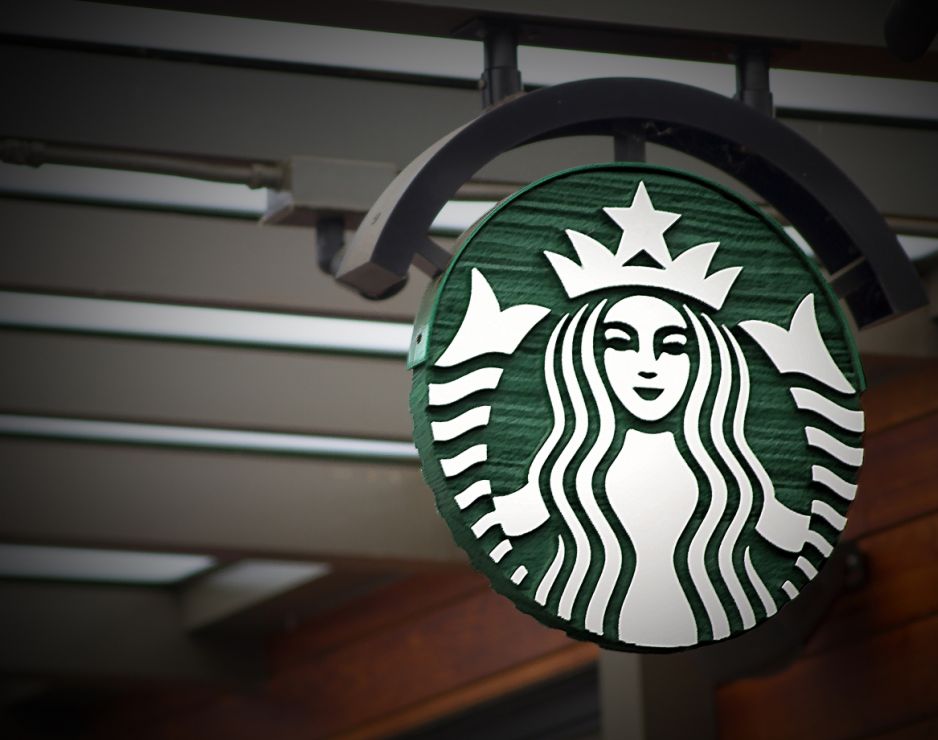
USA
Coffee consumption began with the “Boston Tea Party”. In 1774, a famous incident occurred in Boston, USA. The British ruled USA as a new colony at the time. Tea drinking was the norm and when a ship arrived with too high a tax on tea, the cargo was thrown into the harbour in protest, a revolution ensued. Coffee became the drink of choice for Americans. And continues to this day.
Mid 1950’s coffee became very popular in American homes mostly brewed by Percolator. In wartime, the GI’s thrived on coffee. Today, most Americans drink their coffee out of t he ho me , b u t ho me brewing and roasting is becoming more popular.
Thus, drinking coffee is a big social tradition between families, friends, at holidays, at meals, “coffee break” at work, every meal ends with a coffee (and dessert), meetings, conversations and dates over coffee.
More recently, in the 1960’s coffee houses were born to feature artists, poets, jazz and free thinkers. Regional roasters began to get on the scene, first in Italian neighbourhoods bringing the culture of espresso. Regional roasters and independents started. Typically in San Francisco, there were neighbourhood coffee shops and roasters. Enter mainstream coffee today, Starbucks, Independents and home roasters: coffee is for everyone. Taste, preferences, time and budget and to some, a status symbol.
The trends for three different coffee waves in the US can be consumer demand, like for quality. First, fresh coffee ,then canned, then back to fresh and regional options. Then comes the double tall latte and now we have everything possible for the quality conscience consumer. The majority of coffee drinkers in the past brewed coffee themselves, then we came espresso culture, then pour over phase, then cold brew and nitro.
Nevertheless, coffee keeps its social core: coffee to go while meeting friends, coffee dates, computer cafes, coffee out to be seen, status symbol of walking down the street with a logo on your cup etc.. As lives become faster and faster, many people do not have breakfast at home, Americans are used to grab a pastry and coffee on the way to work. Hence to-go coffee is the norm now. Cafes launched a place to share, study, meet and greet friends over coffee!
As cafes and coffee shops are growing in number, attracting new people, there are some new movements to improve local communities and ones at the origin. As roasters worlds expanded, and countries, regions and farms became known, rather than “blended”, or simply, “Brazil” coffee as example, transparency for quality recognition and paying good money for good coffee became the normal instead of cheap beans to over roast and blend, people became aware of the chain of quality, farmers, buyers and consumers and demanded this.
The social function of coffee is clearly evident. Considered a social lubricant, coffee plays a vital role in almost every aspect of our social life. People do business with coffee, people communicate with coffee, people enjoy with coffee and people work with coffee. It is, therefore, safe to assume that people live with coffee. Coffee is undoubtedly part of every important business gathering, whether it be among the company bigwigs or just between a couple of workers taking a break. Coffee also stands witness to the many relationships that have been built.
Lovers, friends, couples, teams, organizations, and the likes never miss a “cup of coffee” session every once in a while. The never-ending outburst of coffee shops in every street around the world is proof that more and more people feel comfortable staying in their premises to talk, to cry, to laugh, to enjoy, to relax, to settle problems, or just while the time away. In short, coffee is evidently a means for people to feel comfortable to relate to others.



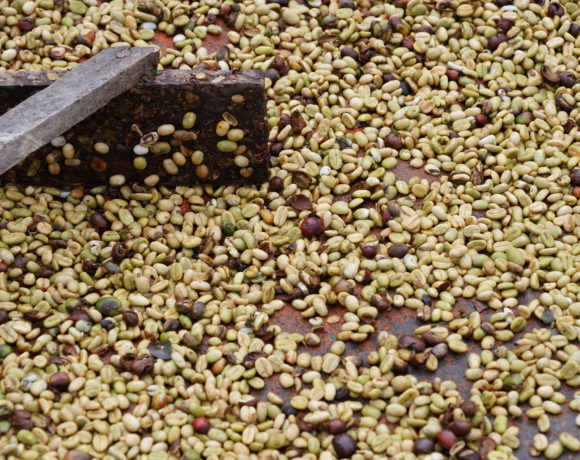
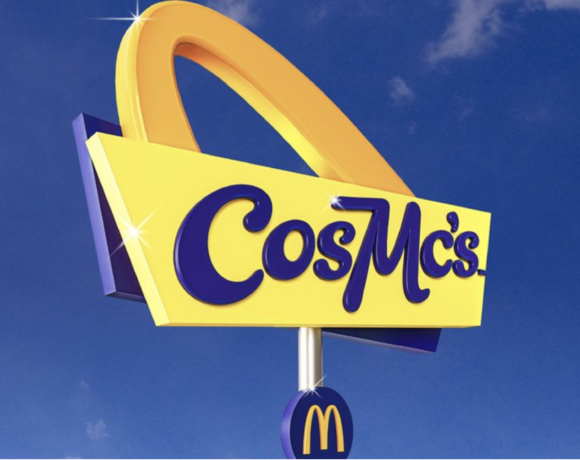
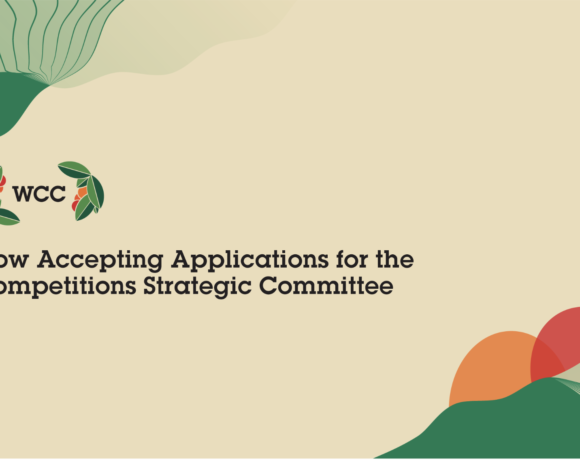






Synthesizing Sources – Reese's UWP1Y Blog
9 November
[…] reiterate that coffee is an activity as well that can bring people together. In a article called Coffee Unity People, they talk about how coffee connecting to a social activity. It has become a huge part of human […]